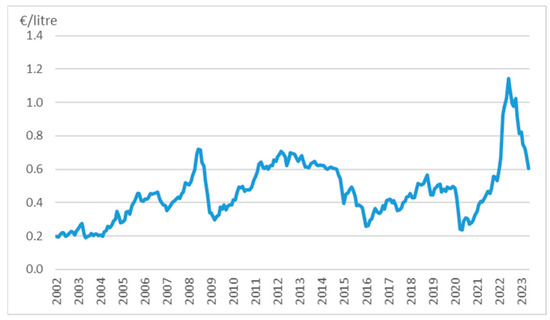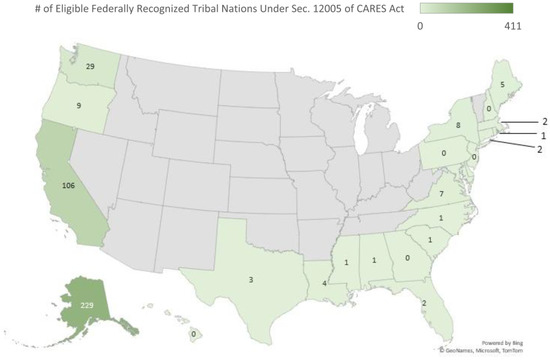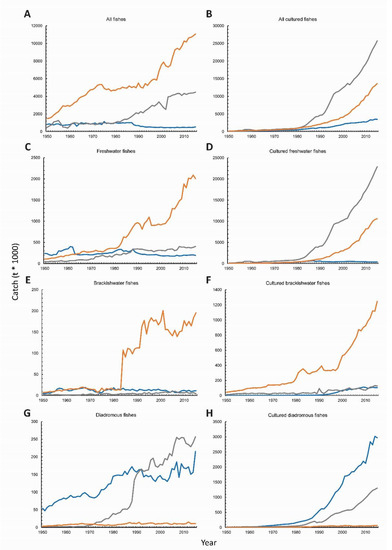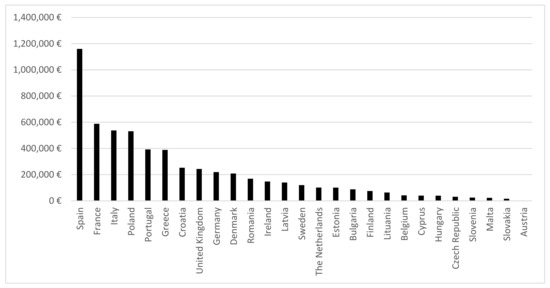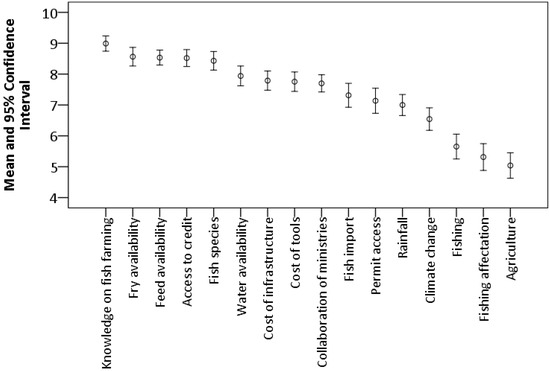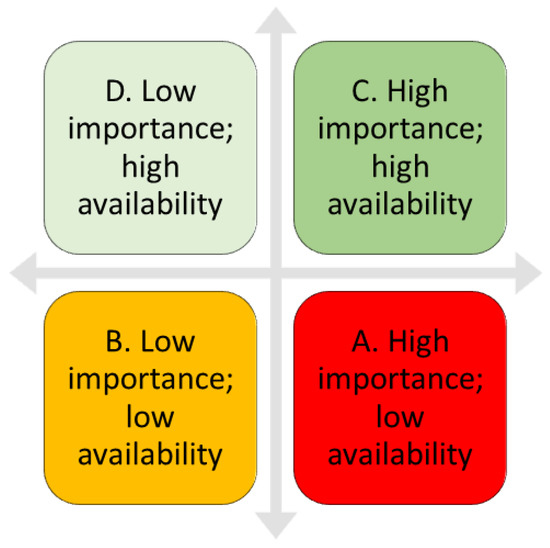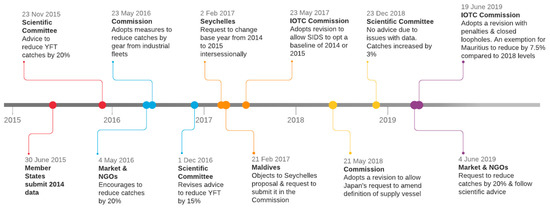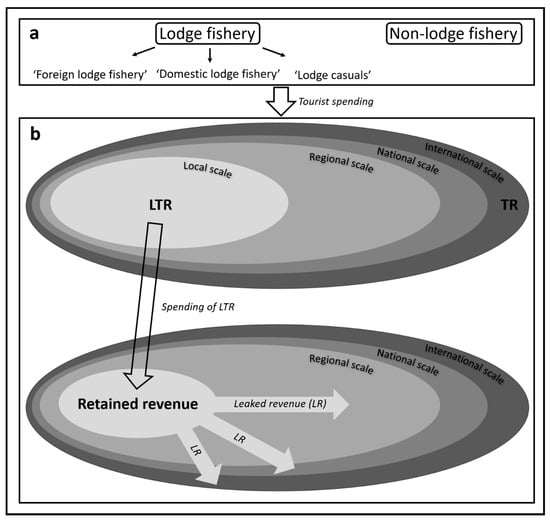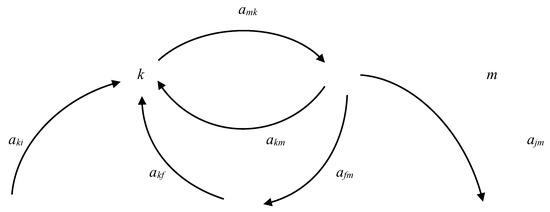Fisheries Economics and Management
A topical collection in Sustainability (ISSN 2071-1050). This collection belongs to the section "Environmental Sustainability and Applications".
Viewed by 34433Editor
Topical Collection Information
Dear Colleagues,
Global consumption of fish has doubled since 2014. Demand for fish shows no signs of abating, driven primarily by population growth and a shift in preference for fish protein (which now exceeds that of all terrestrial animals combined). Fisheries (wild-caught and farmed) also provide a key source of income to over 820 million people. However, income security derived from fisheries is potentially under threat, with approximately a third of fish stocks beyond biological sustainability. The growth of aquaculture offers an opportunity to take the pressure off wild-caught fisheries, and its contribution is significant. In 2016, aquaculture accounted for over 50 percent of global fish production. However, the industry incurs the challenges associated with farm-intensive methods (e.g., diseases) and farming practices that can negatively impact upon the environment (e.g., waste and impacts on water quality). We are soliciting papers for this Special Issue around effective fishery management that address the complex issues of food and income security, fishery management, and ecologically sustainable development of the sector. Papers can be reviews, syntheses, viewpoints, meta-analyses, and original research relevant to the environmental, ecological, biological, agricultural, policy, human, development, economic, or technological aspects of sustainability on fisheries anywhere on the globe.
Dr. Louisa Coglan
Guest Editor
Manuscript Submission Information
Manuscripts should be submitted online at www.mdpi.com by registering and logging in to this website. Once you are registered, click here to go to the submission form. Manuscripts can be submitted until the deadline. All submissions that pass pre-check are peer-reviewed. Accepted papers will be published continuously in the journal (as soon as accepted) and will be listed together on the collection website. Research articles, review articles as well as short communications are invited. For planned papers, a title and short abstract (about 100 words) can be sent to the Editorial Office for announcement on this website.
Submitted manuscripts should not have been published previously, nor be under consideration for publication elsewhere (except conference proceedings papers). All manuscripts are thoroughly refereed through a single-blind peer-review process. A guide for authors and other relevant information for submission of manuscripts is available on the Instructions for Authors page. Sustainability is an international peer-reviewed open access semimonthly journal published by MDPI.
Please visit the Instructions for Authors page before submitting a manuscript. The Article Processing Charge (APC) for publication in this open access journal is 2400 CHF (Swiss Francs). Submitted papers should be well formatted and use good English. Authors may use MDPI's English editing service prior to publication or during author revisions.
Keywords
- fisheries economics
- aquaculture economics
- environmental economics
- fishery management
- resource management
- marine policy





